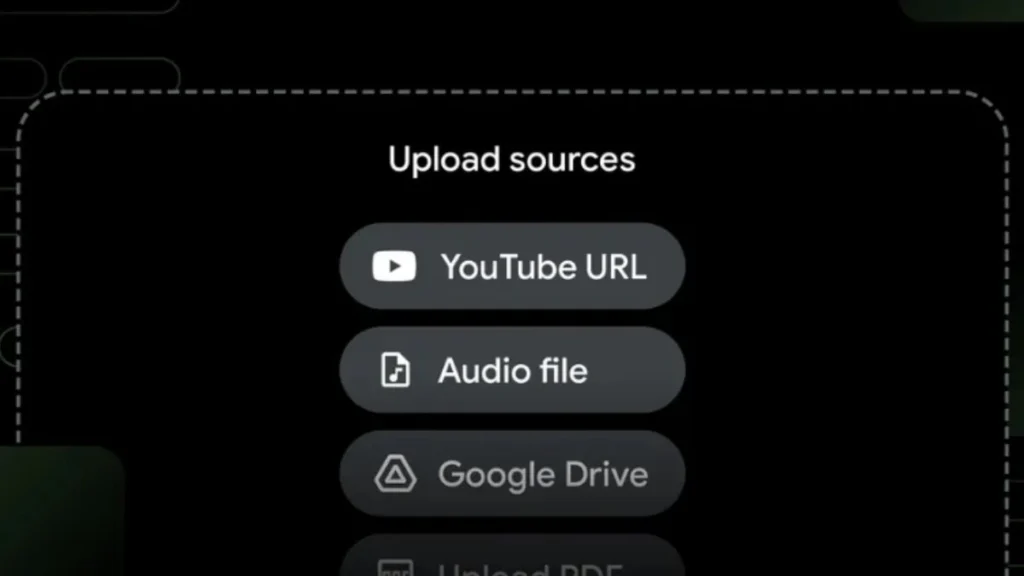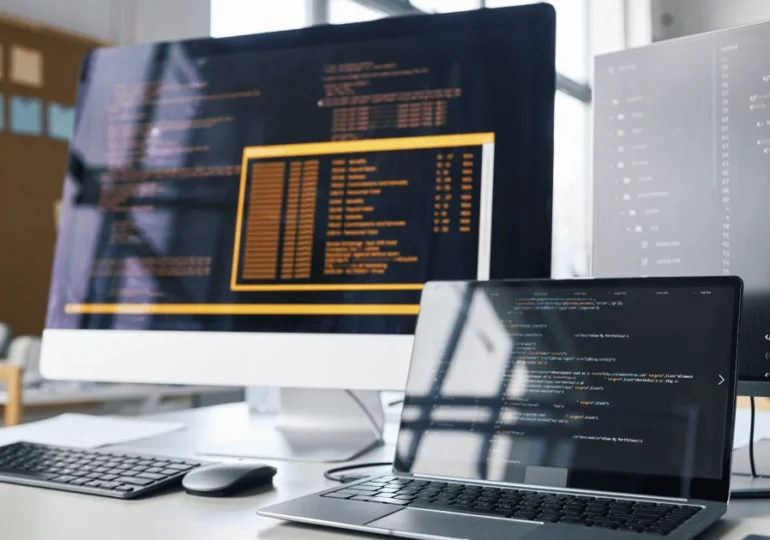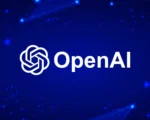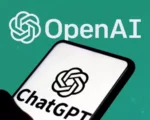Google NotebookLM Now Supports YouTube Videos and Audio Files as New Data Sources

NotebookLM Adds YouTube Integration, Allowing AI to Summarize Key Concepts from Public Videos
Google Expands NotebookLM to Include YouTube Videos and Audio Files
Google’s NotebookLM, the AI-powered note-taking and research platform, has introduced a significant update that broadens its capabilities. As of Thursday, users can now add YouTube videos and audio files as sources for the AI to process and analyze. This update makes it possible to ask AI-driven queries related to these multimedia formats, further enhancing the platform’s utility for students, researchers, and content creators. In addition, Google has improved the shareability of the Audio Overviews feature, which was rolled out earlier in the month, and introduced the ability to create study guides from handwritten notes and lecture slides. The new features are gradually becoming available to all users.
NotebookLM’s New Multimedia Capabilities
The core of NotebookLM’s functionality has always been its ability to simplify research by summarizing content from various text-based sources. Initially, users could upload PDFs, Word documents, Google Docs, or directly input text, and the AI would summarize key points, answer questions, and create overviews based on the material. With the recent update, Google has extended this functionality to YouTube videos and audio files, allowing users to interact with multimedia sources in the same way they would with text. This opens up new possibilities for users who need to extract insights from video lectures, podcasts, or interviews.
How YouTube Video Support Works
To use this feature, users simply add the URL of a public YouTube video as a source. The AI then processes the video content, generating a transcript and summarizing the main points discussed. This enables users to quickly extract key concepts from long-form videos without needing to watch the entire recording. Google has ensured that the platform also provides inline citations, making it easy to cross-reference specific moments in the video for deeper analysis. Furthermore, users can view the video directly within NotebookLM for context, creating a seamless research experience.

Audio File Integration for Enhanced Research
The inclusion of audio files as a supported source is equally transformative. Podcasts, recorded interviews, and other audio-based media are now fair game for NotebookLM’s AI. Users can upload these files, and the platform will generate transcriptions and summaries. This feature is especially useful for those who rely on spoken-word content for their research, such as journalists, academicians, and professionals who attend conferences and need to digest information from recorded sessions. The AI’s ability to break down audio files into key points makes audio-based research faster and more efficient.
Improved Shareability and Study Guide Creation
In addition to the multimedia support, Google is enhancing the shareability of the Audio Overviews feature, which was introduced earlier this month. Audio Overviews allow users to generate brief spoken summaries of their notes and research findings, making it easier to share insights with others. This update means that sharing research overviews has never been simpler or more accessible, especially for those who prefer auditory learning. Google also announced that users can now generate study guides based on handwritten notes and lecture slides, adding another layer of customization to NotebookLM’s capabilities.
A Boost for Students and Professionals
These upgrades mark a major step forward for NotebookLM, particularly for users in education, journalism, and research. By enabling AI-driven analysis of YouTube videos and audio files, Google has expanded the platform’s reach beyond traditional text-based research. The ability to summarize and query video and audio content streamlines the learning and research process, saving time and increasing productivity. With improved shareability and study guide creation, NotebookLM is set to become an even more indispensable tool for users who rely on diverse types of content in their work.




















